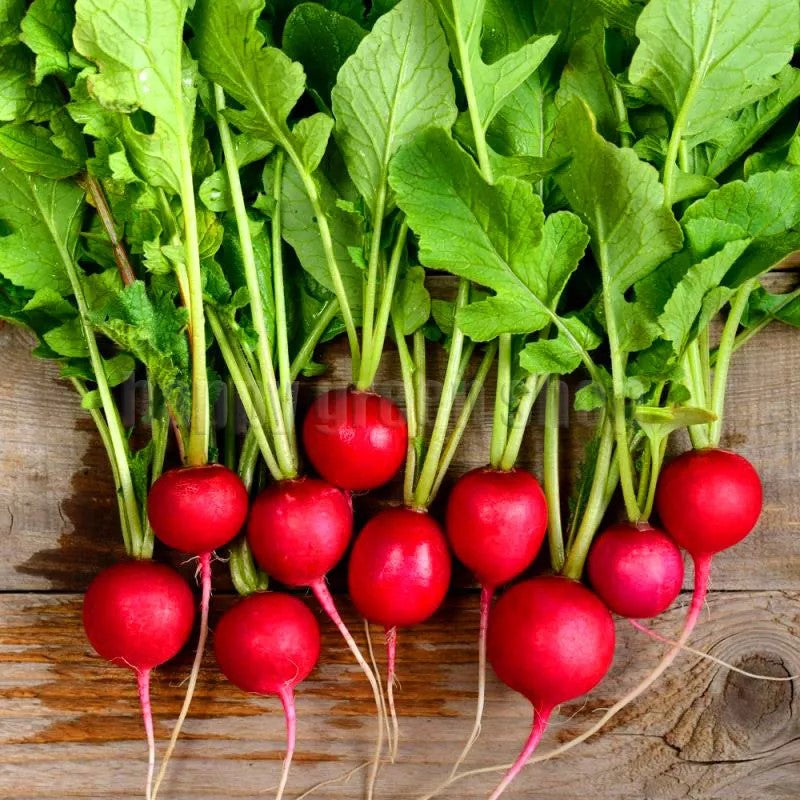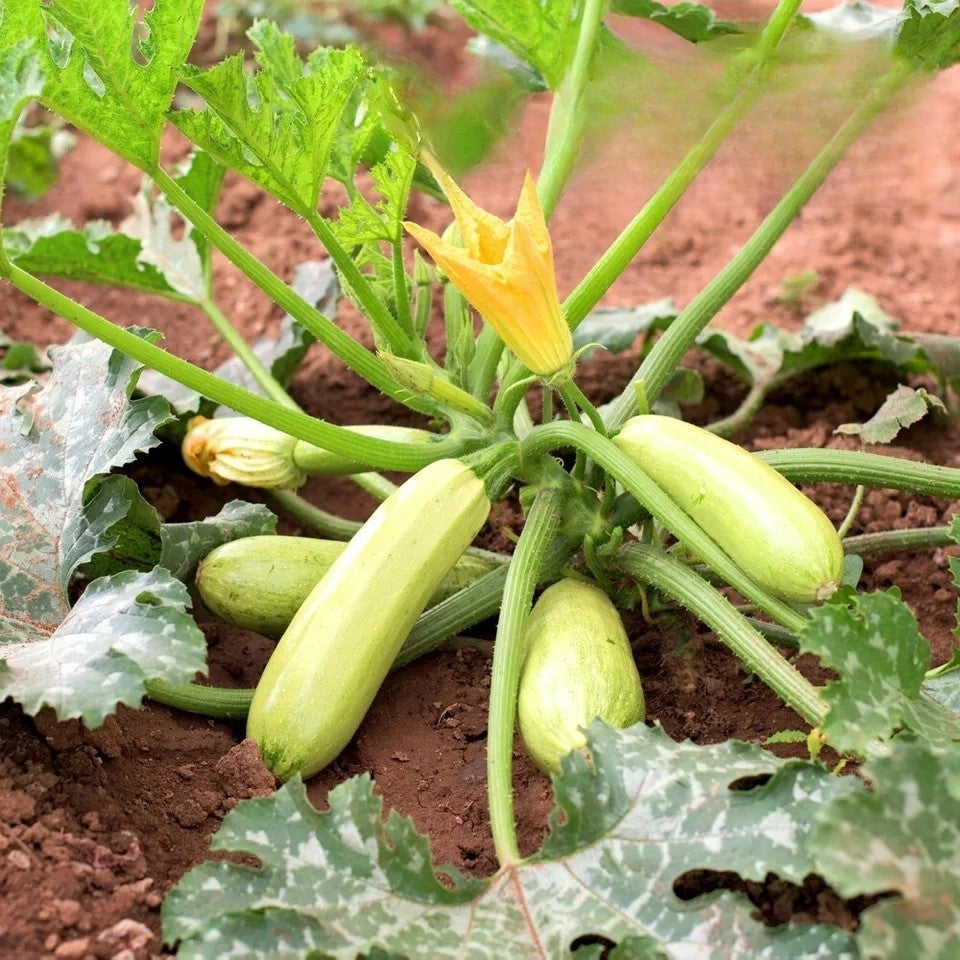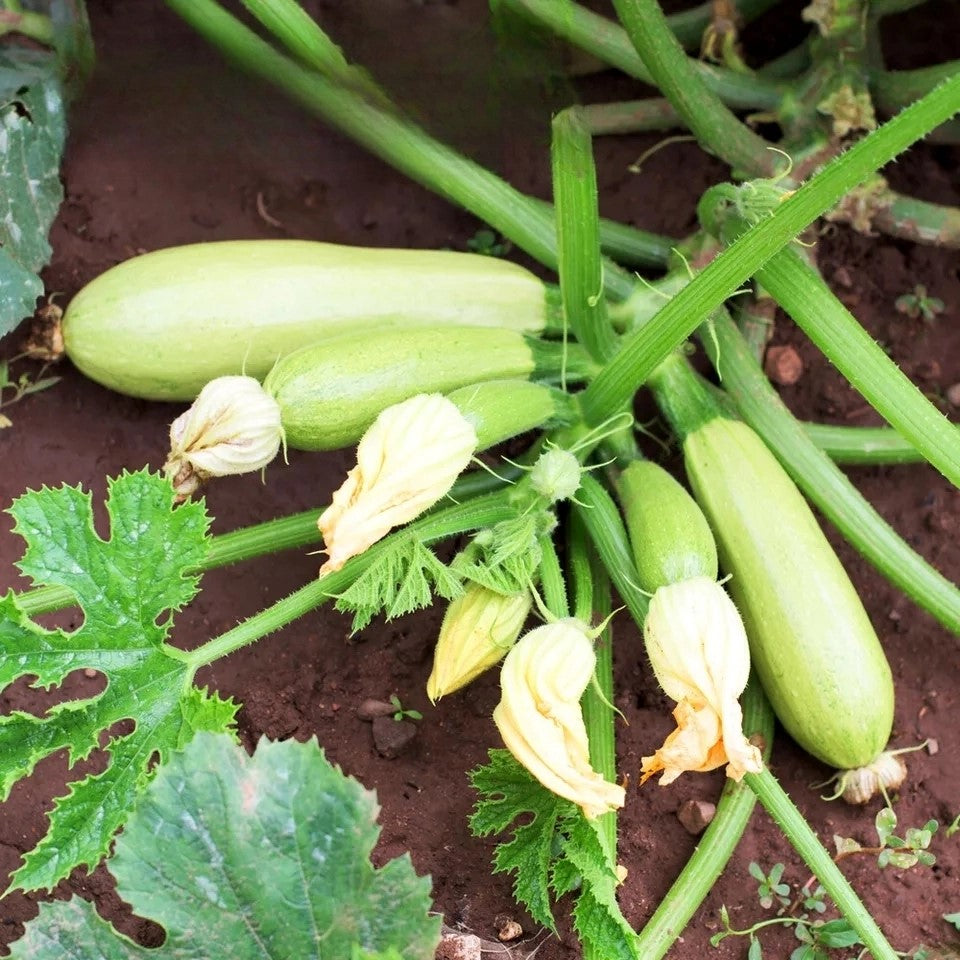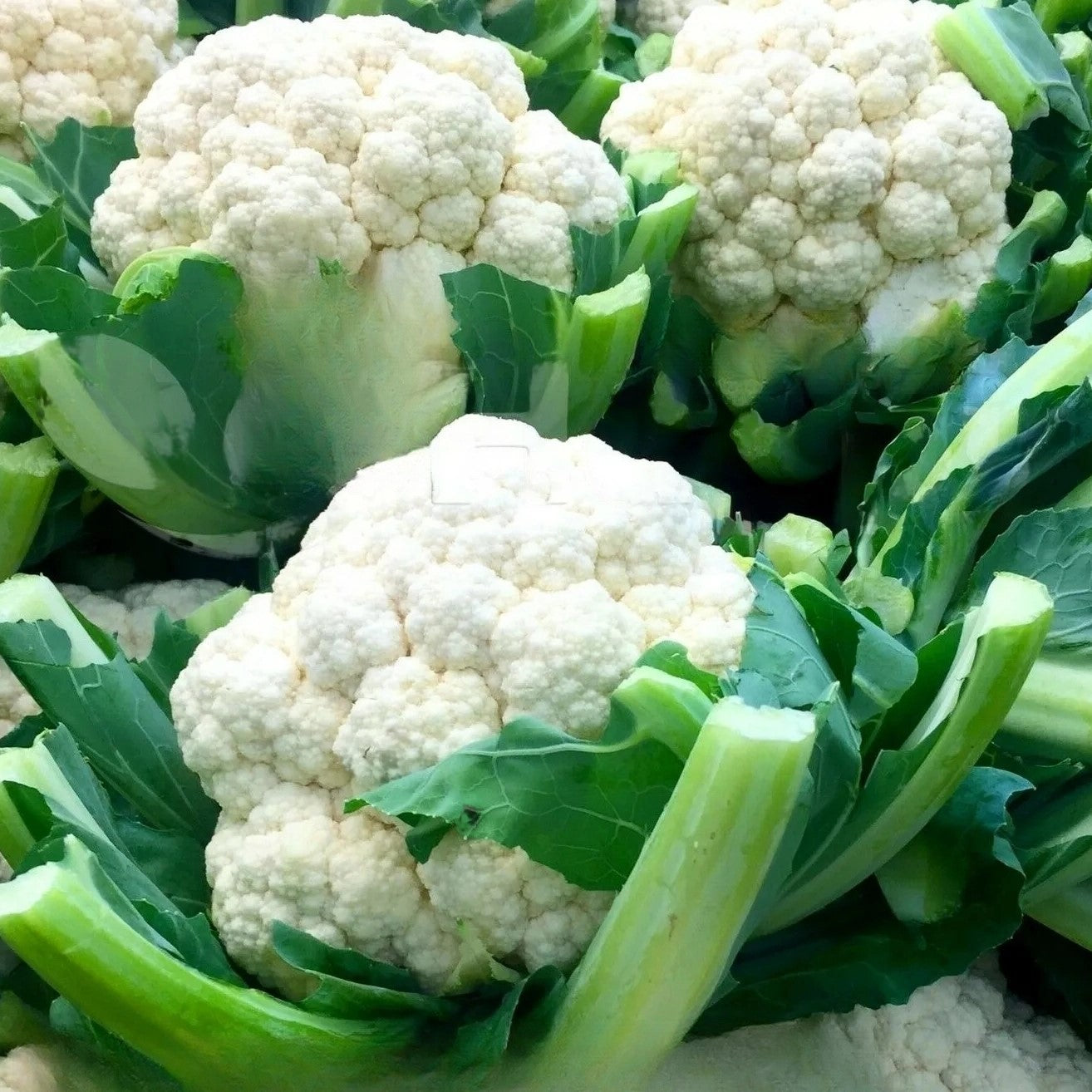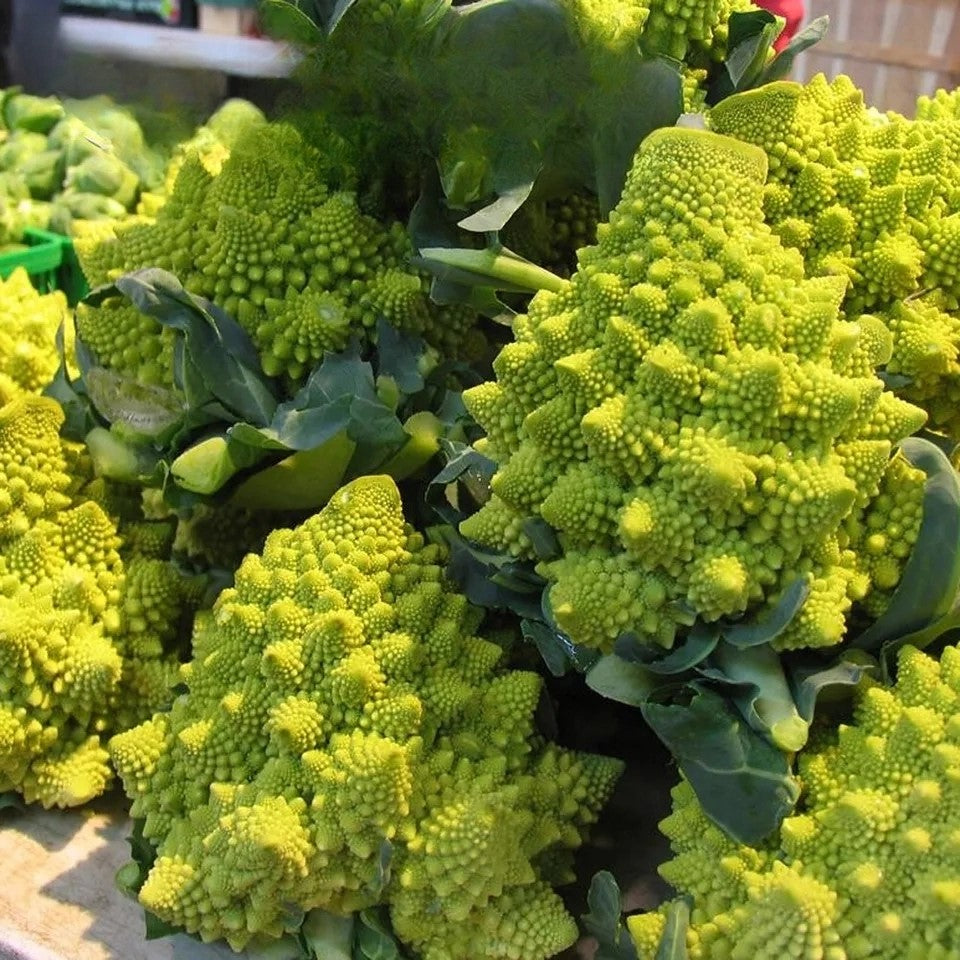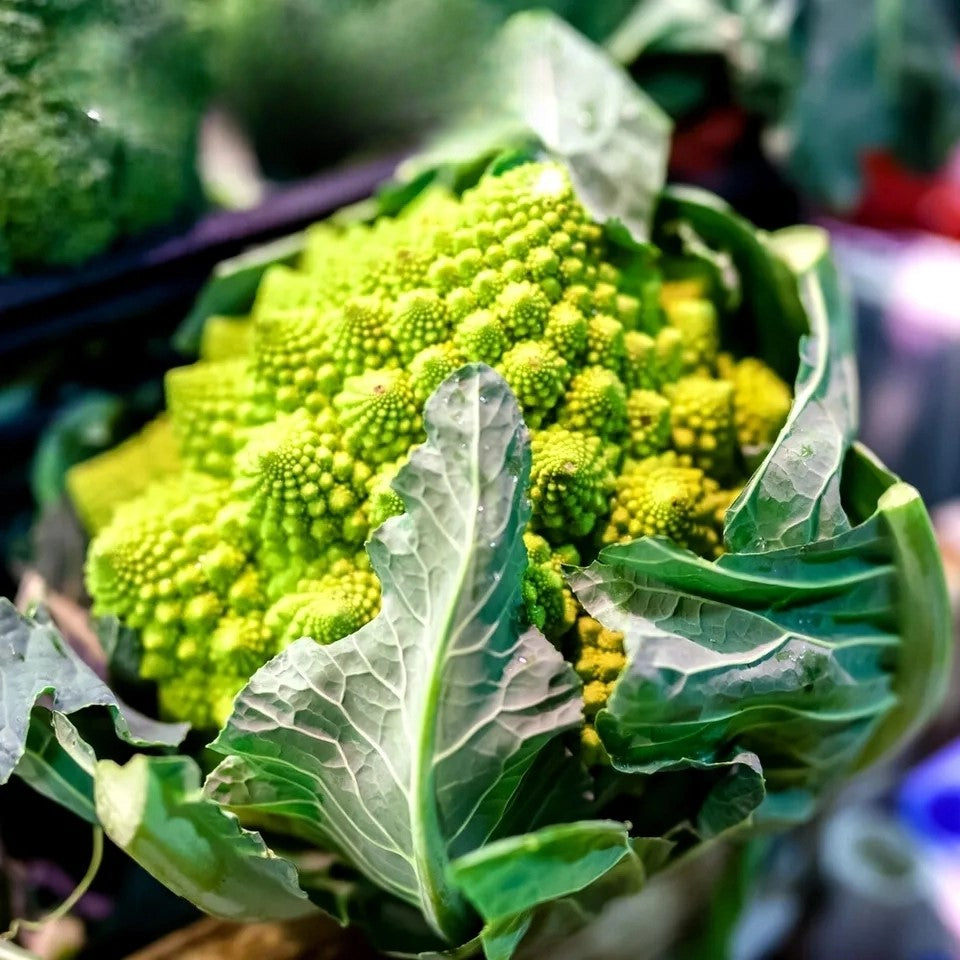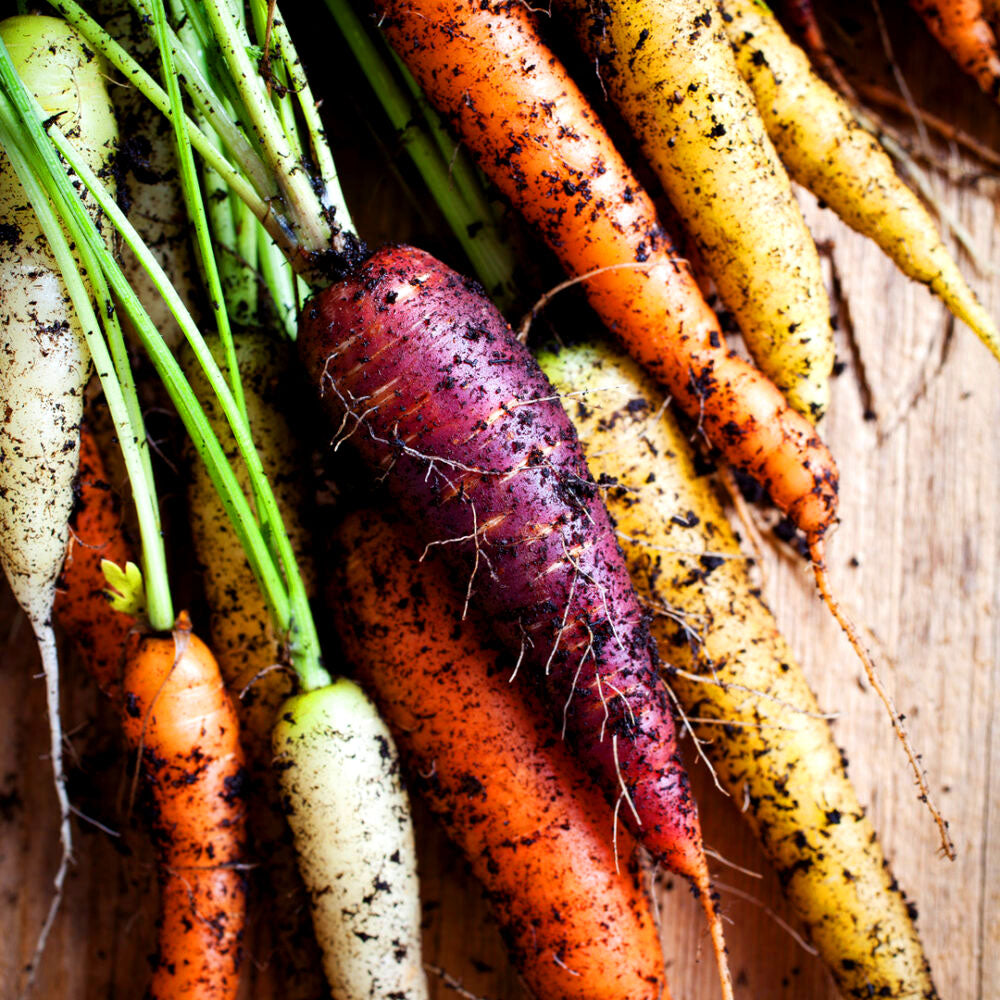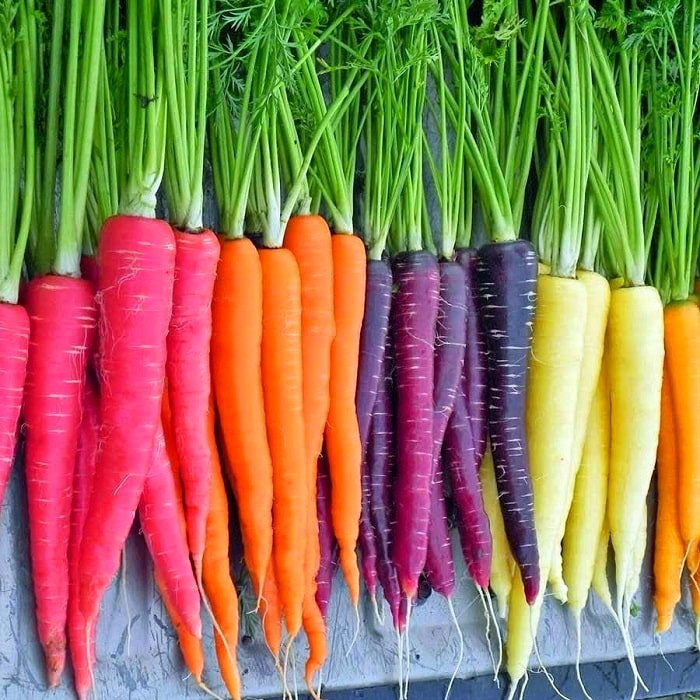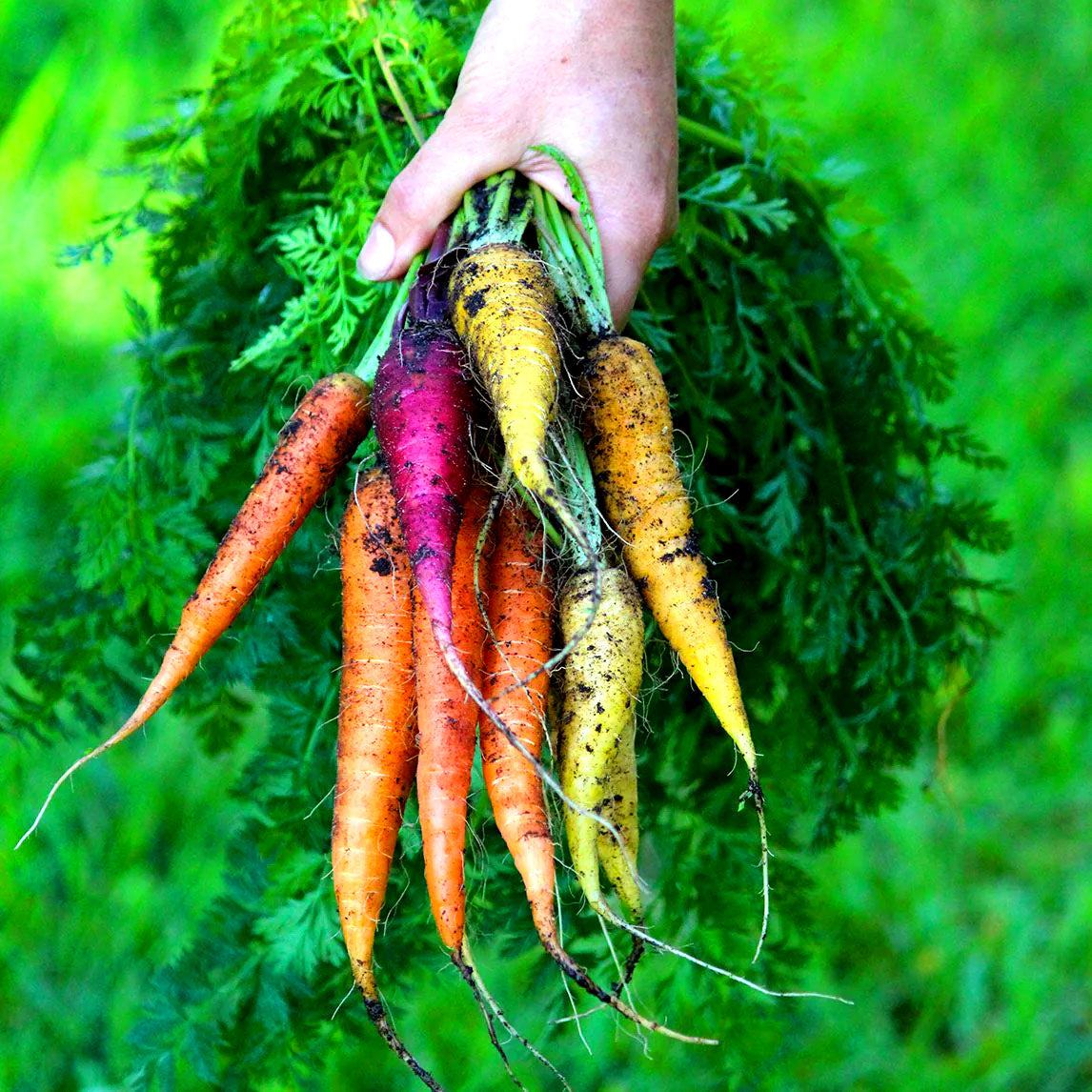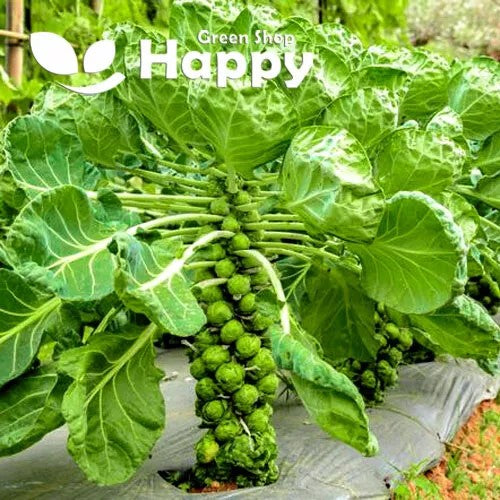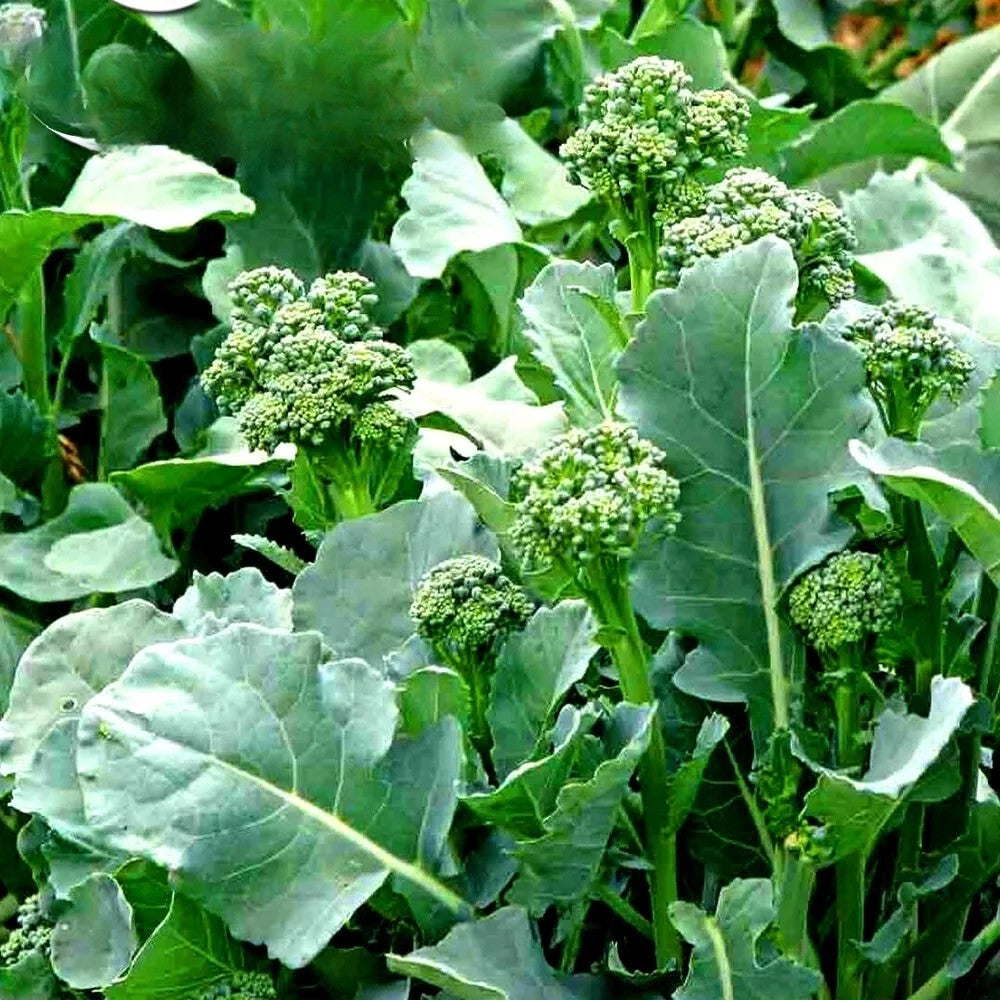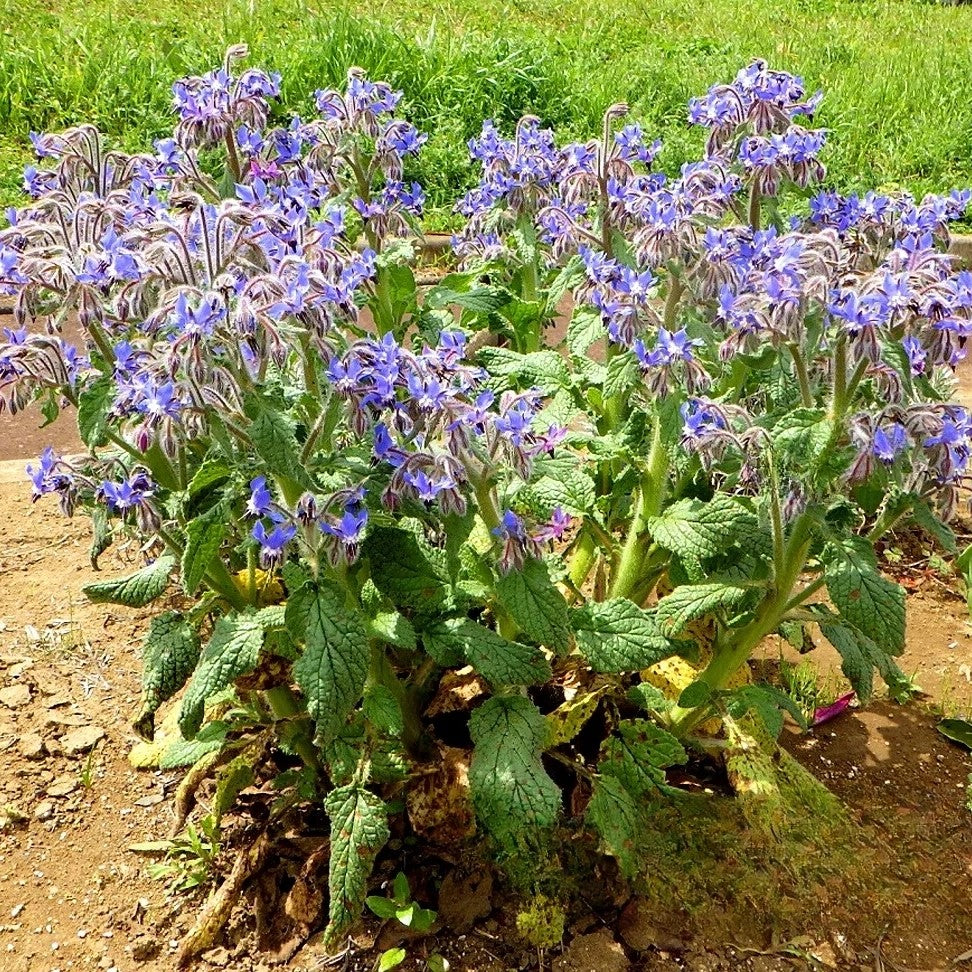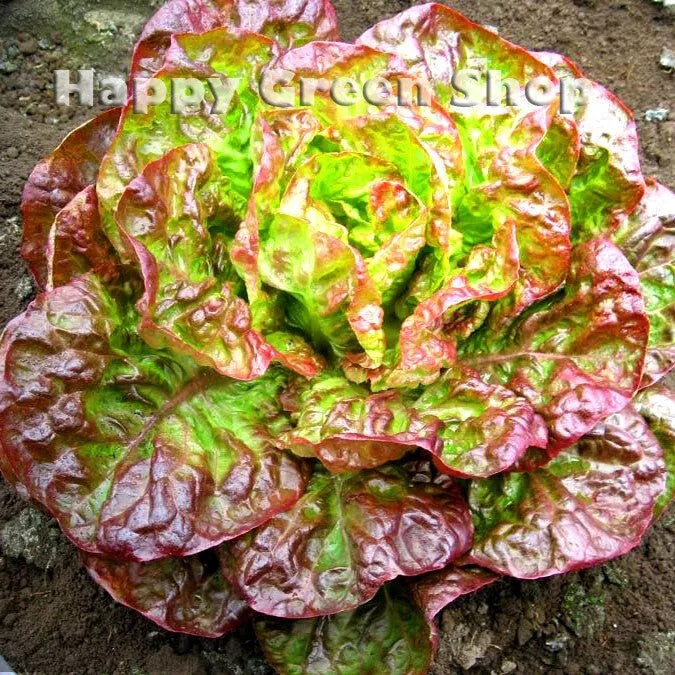Sort by:
35 products
35 products
Courgette 'Bolognese' – Seeds (Cucurbita pepo)
Bring the taste of Italy to your garden with Courgette 'Bolognese', a prolific heirloom variety prized for its slender, dark green fruits and tender, flavorful flesh. Perfect for summer kitchens, these versatile courgettes are ideal for sautéing, grilling, stuffing, and fresh salads. Easy to grow and highly productive, 'Bolognese' is a favorite among gardeners seeking reliable yields and gourmet flavor.
How to Grow
. Sow indoors: March – May, 1–2 cm deep in pots
. Transplant outdoors: After last frost, spacing 70–90 cm apart
. Sow outdoors: May – June in fertile, well-drained soil
. Prefers full sun with regular watering
. Harvest: 15–20 cm long for the best texture and flavor
Key Features
. Italian heirloom zucchini with dark green skin
. Tender, mild-flavored flesh suitable for a variety of dishes
. High-yielding and early-producing variety
. Ideal for sautéing, grilling, stuffing, or salads
. Compact plant suitable for home gardens
Ideal For
. Fresh summer cooking and Italian cuisine
. Home gardeners seeking reliable yields
. Gourmet dishes including stuffed or roasted courgettes
. Small vegetable beds or allotments
Sowing & Harvest
. Sow: March – June
. Harvest: June – September
Quick Tip
Pick courgettes when young and slender to ensure the most tender flesh and to encourage continued fruiting.
Cauliflower 'Octavian' – Seeds (Brassica oleracea)
Cauliflower 'Octavian' is a reliable mid-season variety producing large, firm, creamy-white heads with a mild, delicate flavor. Ideal for steaming, roasting, soups, and gratins, it is a versatile addition to any vegetable garden.
This hardy variety performs well in a range of soils, offers excellent disease resistance, and is suitable for home gardens, allotments, and small-scale cultivation.
How to Grow
-
Sow indoors: February – April
-
Transplant outdoors: April – June
-
Depth: 0.5–1 cm
-
Spacing: 40–50 cm between plants, rows 60–70 cm apart
-
Position: Full sun, sheltered from strong winds
-
Soil: Fertile, well-drained, rich in organic matter
-
Watering: Keep soil consistently moist for optimal head development
Key Features
-
Mid-season cauliflower with large, firm, creamy-white heads
-
Mild, tender flavor suitable for steaming, roasting, soups, and gratins
-
High-yielding and reliable growth
-
Excellent disease resistance
-
Ideal for home gardens, allotments, and small-scale cultivation
Harvest
-
Harvesting period: July – September
-
Harvest heads when compact and firm to ensure the best flavor and texture.
Short Tip
Blanch the heads by folding outer leaves over them to maintain whiteness and protect from sunburn.
Cauliflower 'Romanesco Natalino' – Seeds (Brassica oleracea)
Cauliflower ‘Romanesco Natalino’ is an extraordinary Italian heirloom, admired for its striking spiral, lime-green heads with a unique fractal pattern. More than just a showpiece, this variety is nutritious, delicious, and versatile – offering a slightly nutty, delicate flavor that works well roasted, steamed, or enjoyed raw in salads. Highly ornamental yet productive, it’s a standout addition to any vegetable garden.
How to Grow
-
Sow indoors: February – May in seed trays or pots.
-
Sow outdoors: May – June, directly into well-prepared soil.
-
Transplant: Harden off young plants and set them 60 cm apart in fertile ground.
-
Position: Full sun, rich, firm soil with good drainage.
-
Care: Keep soil consistently moist and protect young plants from pests.
Key Features
-
Stunning lime-green spiral florets
-
Mild, nutty flavor – more delicate than standard cauliflower
-
Traditional Italian variety
-
Attractive and productive crop
Ideal For
-
Kitchen gardens and allotments
-
Chefs and home cooks looking for something unique
-
Roasting, steaming, or eating raw
-
Eye-catching centerpiece in vegetable beds
Sowing & Harvest
-
Sow: February – June
-
Harvest: September – November
Quick Tip
For the best curds, ensure consistent watering and feed with a high-potassium fertiliser as heads develop.
Carrot Rainbow Mix – Seeds (Daucus carota)
Add a splash of color to your garden with Carrot Rainbow Mix, a vibrant assortment of heirloom carrots in shades of purple, red, yellow, orange, and white. Beyond their eye-catching hues, these carrots are sweet, crunchy, and full of flavor, perfect for fresh eating, roasting, or juicing. This mix is ideal for home gardeners who want a fun, decorative, and nutritious harvest.
How to Grow
. Sow outdoors: March – June, 1–2 cm deep in rows 25–30 cm apart
. Thin seedlings to 5–8 cm apart for proper root development
. Prefers full sun and loose, well-drained soil free of stones
. Keep soil consistently moist to ensure tender, sweet roots
. Harvest: 8–12 weeks depending on color and size
Key Features
. Heirloom carrot mix with vibrant, multicolored roots
. Sweet, crunchy, and full of flavor
. Perfect for fresh eating, roasting, juicing, or garnishing
. Easy-to-grow variety for home gardens
. Adds visual interest to vegetable beds and plates
Ideal For
. Family gardens and small allotments
. Colorful, fresh summer salads and vegetable dishes
. Juicing, roasting, and creative culinary uses
. Gardeners seeking fun and decorative vegetables
Sowing & Harvest
. Sow: March – June
. Harvest: June – September
Quick Tip
Thin carrots early and regularly to allow roots space to grow fully and develop uniform shapes.
Brussel Sprout 'Casiopea' – Seeds (Brassica oleracea)
The Brussel Sprout 'Casiopea' is a high-yielding variety producing uniform, medium-sized sprouts with firm, dense heads and excellent flavor. Known for its reliable growth and resistance to bolting, it thrives in cooler weather, making it ideal for autumn and winter harvests. Perfect for roasting, steaming, or sautéing, this variety is a favorite for home gardens and allotments.
How to Grow
-
Sow seeds indoors from February to March or directly outdoors from March to April.
-
Plant 1–2 cm deep in trays or modules and transplant when seedlings are strong.
-
Space plants 50–60 cm apart in fertile, well-drained soil with full sun.
-
Support plants if needed, and maintain regular watering.
-
Harvest sprouts from the base upwards as they mature.
Key Features
-
High-yielding, uniform sprouts
-
Firm, dense heads with excellent flavor
-
Resistant to bolting and suited for cooler weather
-
Ideal for autumn and winter harvests
-
Versatile for roasting, steaming, and sautéing
Ideal For
-
Autumn and winter vegetable gardens
-
Roasting, steaming, or sautéing
-
Home gardeners seeking reliable, flavorful sprouts
Sowing & Harvest
-
Sow: February to April
-
Spacing: 50–60 cm between plants
-
Harvest: September to December
Quick Tip
-
For sweeter sprouts, leave them on the plant until after a light frost—it enhances flavor and texture.
Broccoletto 'Quarantino' – Seeds
(Brassica rapa) – Traditional Italian Spring Green
Broccoletto 'Quarantino' is a classic Italian leafy vegetable, prized for its tender, flavorful shoots and leaves. Belonging to the Brassica rapa family, this variety is fast-growing and ready to harvest in just 40 days – hence the name Quarantino (“forty days”). It is widely used in traditional Italian cuisine, either lightly steamed, sautéed with olive oil and garlic, or added to soups and pasta dishes.
Key Features
-
Type: Hardy leafy green (annual/biannual)
-
Growth: Vigorous, compact, fast-maturing (around 40 days)
-
Flavor: Tender, slightly peppery and nutty taste
-
Harvest: Young leaves and shoots for continuous picking
-
Use: Italian cuisine, stir-fries, soups, pasta, and side dishes
Ideal For
-
Traditional Italian cooking
-
Cut-and-come-again harvests
-
Quick, reliable leafy green supply
-
Kitchen gardens and allotments
Sowing & Growing
-
Sow outdoors: March–September, in rows or broadcast.
-
Spacing: 20–30 cm between plants.
-
Soil: Fertile, well-drained soil enriched with compost.
-
Sunlight: Full sun to partial shade.
-
Harvest: From 40 days after sowing, cut young shoots regularly to encourage new growth.
Care Tips
-
Keep soil moist for tender leaves.
-
Harvest frequently to prolong production.
-
Best enjoyed fresh – tender shoots have peak flavor.
Borage – Seeds
(Borago officinalis) – Edible Flowers & Pollinator Magnet
Borage, also known as the starflower, is a fast-growing annual herb admired for its vivid blue, star-shaped flowers and fuzzy, cucumber-flavored leaves. A favorite of bees, butterflies, and other pollinators, it makes an excellent addition to herb gardens, vegetable patches, or pollinator-friendly borders. Both flowers and young leaves are edible – perfect for garnishing salads, desserts, drinks, or freezing into ice cubes.
Key Features
-
Plant type: Annual herb
-
Height: 50–70 cm
-
Spread: 30–40 cm
-
Flowers: Bright blue, star-shaped
-
Foliage: Grey-green, hairy leaves with cucumber flavor
-
Position: Full sun to light shade
-
Soil: Moderately fertile, well-drained
Ideal For
-
Herb & cottage gardens
-
Attracting pollinators (especially bees)
-
Edible flowers & herbal teas
-
Companion planting with tomatoes, strawberries, and courgettes
Sowing & Growing
-
Sow outdoors: April–June, direct in soil, 1 cm deep.
-
Germination: 7–14 days.
-
Spacing: Thin to 30 cm apart.
-
Flowering: June–September.
Care Tips
-
Easy to grow and self-seeding – will naturalize readily.
-
Pinch back growing tips for bushier plants.
-
Collect flowers regularly to encourage continuous blooming.
-
Water in dry spells but avoid overwatering.
Batavian Lettuce 'Canasta' – Seeds (Lactuca sativa)
Enjoy crisp and tender leaves with Batavian Lettuce 'Canasta', a traditional variety known for its red-tinted, crinkled heads and excellent bolt resistance. This semi-heading lettuce produces large, crunchy leaves with a mild, sweet flavor, perfect for fresh salads or as a base for summer dishes. Hardy and versatile, 'Canasta' thrives even in warmer weather, making it a reliable choice for gardeners.
How to Grow
. Sow indoors from February to April or directly outdoors from March to July
. Sow thinly, 0.5 cm deep, in rows 25–30 cm apart
. Thin seedlings to 20–25 cm apart to allow full head development
. Prefers full sun and fertile, well-drained soil
. Water consistently to prevent bitterness and promote tender leaves
Key Features
. Traditional Batavian lettuce with semi-heading form
. Large, crisp leaves with red-tinged edges
. Mild, sweet flavor perfect for fresh salads
. Excellent bolt resistance in warm conditions
. Easy to grow and high yielding
Ideal For
. Summer salads and fresh eating
. Home gardens and allotments
. Gardeners seeking heat-tolerant lettuce
. Companion planting in vegetable beds
Sowing & Harvest
. Sow: February – July
. Harvest: May – September
Quick Tip
Harvest outer leaves regularly to encourage continuous growth, or allow full heads to form for a crunchy centerpiece lettuce.
Showing 35/35



